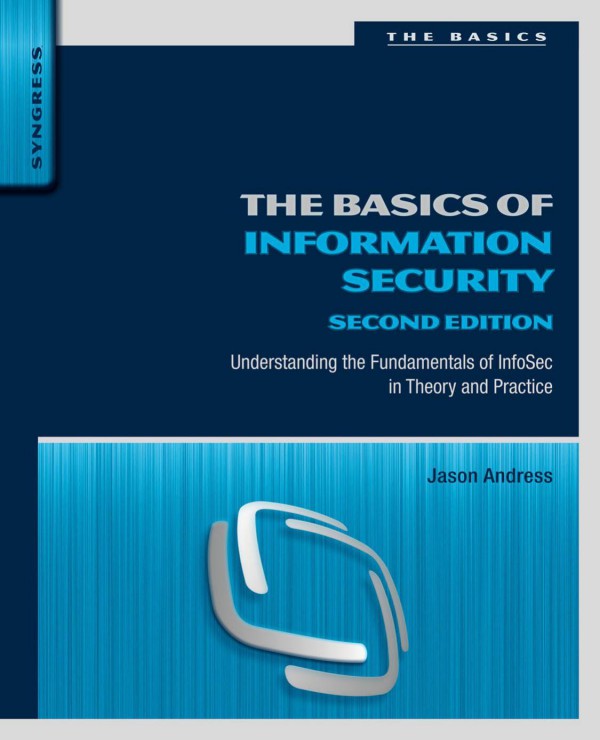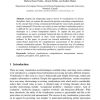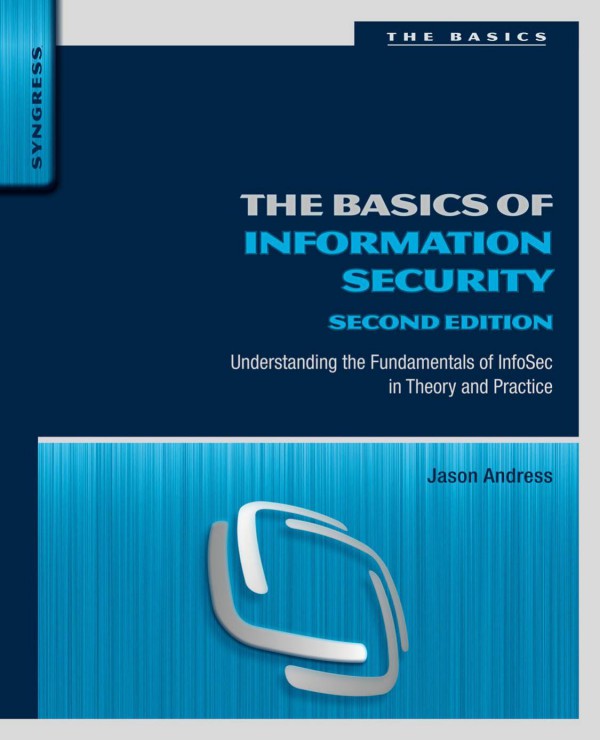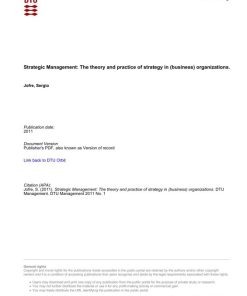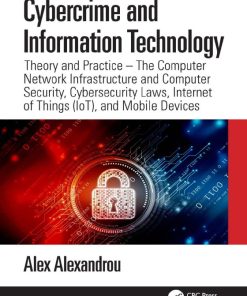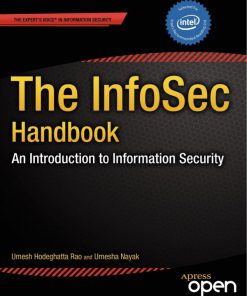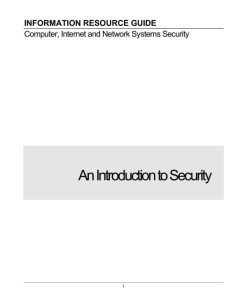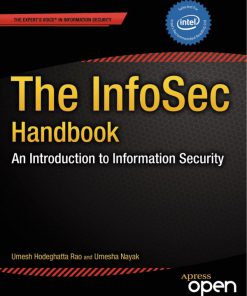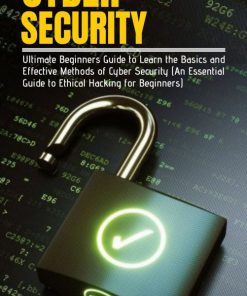The Basics of Information Security Understanding the Fundamentals of InfoSec in Theory and Practice 1st edition by Jason Andress ISBN 1597496537 978-1597496537
Original price was: $50.00.$25.00Current price is: $25.00.
Authors:Jason Andress , Series:Cyber Security [106] , Tags:Computers; Security; General , Author sort:Andress, Jason , Ids:Google; 9780128007440 , Languages:Languages:eng , Published:Published:Jun 2014 , Publisher:Elsevier Science , Comments:Comments:As part of the Syngress Basics series, The Basics of Information Security provides you with fundamental knowledge of information security in both theoretical and practical aspects. Author Jason Andress gives you the basic knowledge needed to understand the key concepts of confidentiality, integrity, and availability, and then dives into practical applications of these ideas in the areas of operational, physical, network, application, and operating system security. The Basics of Information Security gives you clear-non-technical explanations of how infosec works and how to apply these principles whether you’re in the IT field or want to understand how it affects your career and business. The new Second Edition has been updated for the latest trends and threats, including new material on many infosec subjects. Learn about information security without wading through a huge textbook Covers both theoretical and practical aspects of information security Provides a broad view of the information security field in a concise manner All-new Second Edition updated for the latest information security trends and threats, including material on incident response, social engineering, security awareness, risk management, and legal/regulatory issues

